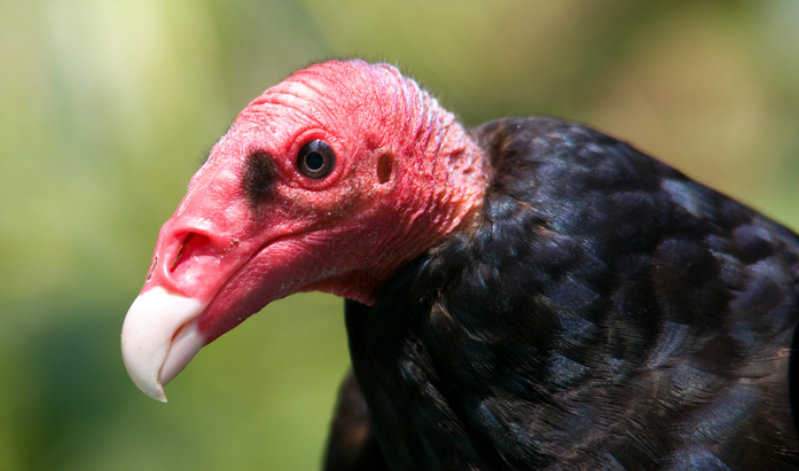As the world readies to celebrate International Vulture Awareness Day on Saturday, September 7, a long-term project will kick off which will ultimately establish a massive vulture safe zone in the Central Karoo.
The project, run by the Endangered Wildlife Trust (EWT), initially kicked off in May last year in conjunction with South African National Parks (Karoo National Park). The Camdeboo Conservancy landowners were the first to initiate the idea to bring vultures back to the Karoo many years ago, and it was picked up by the Mountain Zebra Camdeboo Protected Environment (MZCPE) last year, which has since also brought the SANParks Honorary Rangers and Birdlife SA on board.
In October 2017, an international multi-species action plan was devised to start looking at various ways of actioning the conservation of vultures across 127 different countries. Vulture safe zones were identified as one of the most effective ways to tackle this dynamic landscape. It allows environmentalists to focus on an area, identify what the threats are and implement spatially explicit conservation interventions to get rid of the issues on the landscape and protect areas that are core to vultures.
Dr Gareth Tate from the EWT’s Birds of Prey Programme headlined a special presentation on Vulture Safe Zones in Graaff-Reinet on Wednesday, August 14.
“Our objective is to protect breeding pairs, as they are the currency of the population. Luckily, 62% of them can be found in protected areas such as national parks,” said Tate.
Classified on the IUCN’s Red Data List of Threatened Species as critically endangered or endangered, he said there is a great need to talk about this unappreciated group of animals, who perform one of the most important ecosystem services. “We are experiencing an African vulture crisis. We need to apply conservation efforts and prioritise the conservation of these very important birds. There has been a rapid population decline, with some populations having declined by up to 80% over the past 20 years,” he said.
These threats, he expanded on, are habitat loss, unsafe reservoirs (drowning), electrical infrastructure (collisions and electrocutions) and poisoning (directly for body parts for use in traditional medicine or indirectly through lead poisoning or scavenging off carcasses which have been poisoned, etc). Poisoning in various forms has been responsible for 91% of vulture mortalities over the past few years.
Tate says Phase two, anticipated to kick off in 2021, will be based off of the first phase and will involve the active mitigation of the identified threats.
Picture: Supplied

